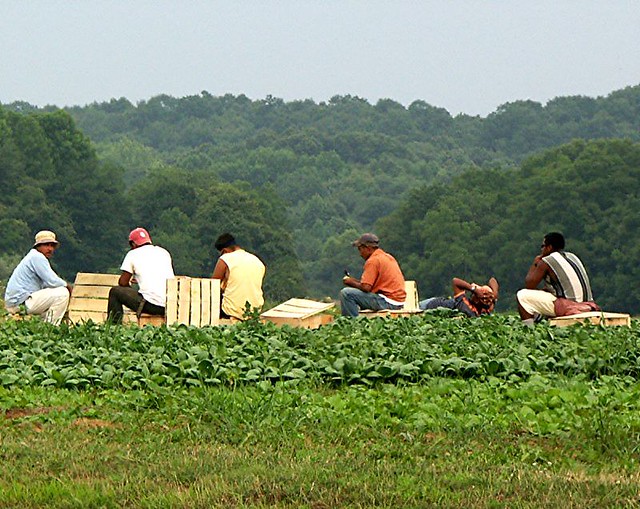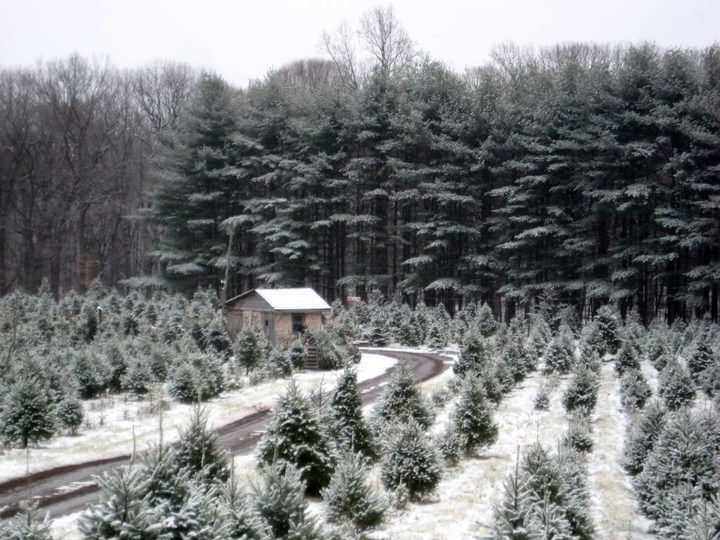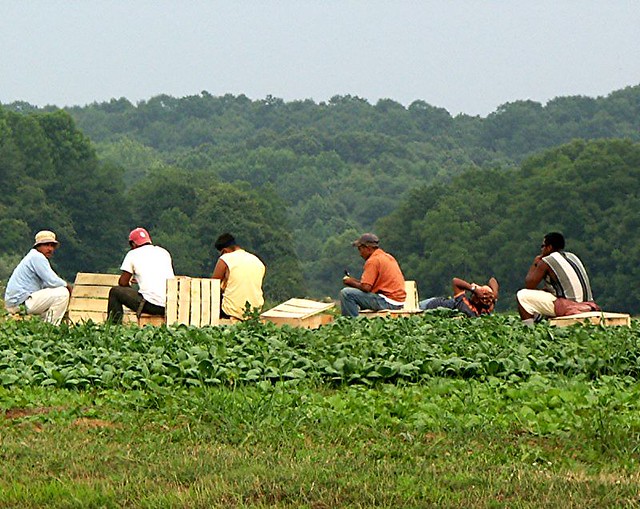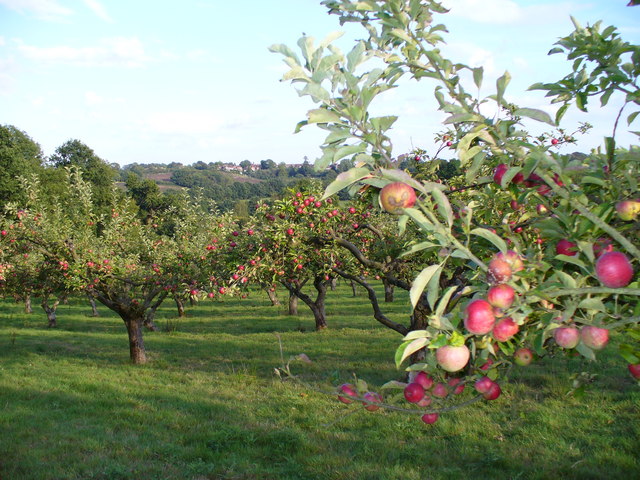
Revitalizing the Land: How Regenerative Agriculture is Building a Better Future for Your Homestead (and Our Planet!)
Are you looking for ways to make your homestead more sustainable, productive, and resilient? Do you dream of healthier soil, thriving crops, and a lighter environmental footprint? If so, then regenerative agriculture might be the answer you've been searching for. In this post, we'll dive into the world of regenerative agriculture, exploring its principles, benefits, and practical applications for small-scale homesteaders like you. It's more than just a trend; it’s a transformative approach to sustainable homesteading that can revitalize your land and contribute to a healthier planet.

What is Regenerative Agriculture?
Regenerative agriculture is a system of farming principles and practices that aims to reverse climate change by rebuilding soil health and restoring degraded ecosystems. Unlike conventional agriculture, which often depletes soil nutrients and relies on synthetic inputs, regenerative agriculture focuses on enhancing natural processes to improve soil fertility, increase biodiversity, and sequester carbon. Think of it as not just sustaining the land, but actively healing it.
At its core, regenerative agriculture aims to mimic natural ecosystems, creating a resilient and self-sustaining system. This approach recognizes that healthy soil is the foundation of a healthy planet and a thriving homestead. It builds upon the principles of permaculture and ecological agriculture, focusing on holistic management and integrated systems.
The Key Principles of Regenerative Agriculture
While specific techniques may vary depending on your climate, soil type, and farm size, the underlying principles of regenerative agriculture remain consistent:
Minimize Soil Disturbance: Tilling disrupts the soil structure, releases carbon into the atmosphere, and harms beneficial soil organisms. No-till farming practices, such as direct seeding and cover cropping, help to preserve soil structure and minimize disturbance.
Keep the Soil Covered: Bare soil is vulnerable to erosion, nutrient loss, and extreme temperature fluctuations. Cover crops, mulching, and crop residues help to protect the soil surface, conserve moisture, and suppress weeds.
Promote Biodiversity: Diverse plant and animal life creates a more resilient and balanced ecosystem. Integrating livestock, planting diverse crops, and creating habitat for pollinators and beneficial insects can enhance biodiversity on your homestead.
Integrate Livestock: Managed grazing can improve soil health, stimulate plant growth, and enhance nutrient cycling. Carefully planned grazing rotations can prevent overgrazing and promote the regeneration of pastures and grasslands.
Enhance Water Management: Regenerative agriculture practices, such as cover cropping and composting, improve water infiltration and retention in the soil. This reduces runoff, conserves water, and makes your homestead more resilient to drought.
Benefits of Regenerative Agriculture for Homesteaders
The benefits of adopting regenerative agriculture practices on your homestead are numerous and far-reaching:
Improved Soil Health: Regenerative agriculture builds healthy soil, rich in organic matter and beneficial microorganisms. This leads to improved water infiltration, nutrient availability, and overall soil fertility.
Increased Crop Yields: Healthy soil produces healthier and more productive plants. Regenerative agriculture can lead to increased crop yields and improved quality, reducing your reliance on external inputs.
Reduced Input Costs: By improving soil fertility and reducing reliance on synthetic fertilizers and pesticides, regenerative agriculture can significantly reduce your input costs.
Enhanced Carbon Sequestration: Healthy soil acts as a carbon sink, drawing carbon dioxide from the atmosphere and storing it in the ground. This helps to mitigate climate change and improve air quality. Carbon sequestration is a crucial benefit of regenerative agriculture.
Increased Resilience: Regenerative agriculture creates a more resilient ecosystem that is better able to withstand extreme weather events, pests, and diseases.
Improved Water Quality: By reducing runoff and erosion, regenerative agriculture helps to protect water quality and prevent pollution of waterways.
Contribute to Local Food Systems: By adopting sustainable practices, you contribute to the creation of a resilient local food system.

Practical Tips for Implementing Regenerative Agriculture on Your Homestead
Getting started with regenerative agriculture doesn't have to be overwhelming. Here are a few practical tips to help you begin:
Start Small: Choose one or two practices to focus on initially, such as cover cropping or composting. As you gain experience, you can gradually incorporate more practices into your homesteading system.
Observe and Adapt: Pay close attention to your soil, plants, and animals. Observe how they respond to different practices and adapt your approach accordingly.
Get Educated: Attend workshops, read books, and connect with other regenerative farmers and homesteaders. There are many resources available to help you learn more about regenerative agriculture.
Compost, Compost, Compost: Composting is a cornerstone of regenerative agriculture. Turn your food scraps, yard waste, and animal manure into nutrient-rich compost to feed your soil.
Embrace Cover Cropping: Plant cover crops after harvesting your cash crops to protect the soil, suppress weeds, and improve soil fertility. Some excellent cover crop options include rye, oats, clover, and buckwheat. Consider what cover crops thrive in your region and consult with local experts.
Explore No-Till Methods: Experiment with no-till farming techniques to minimize soil disturbance. Use tools such as broadforks or no-till seeders to prepare the soil for planting.
Consider Integrated Pest Management (IPM): Promote beneficial insects and use natural pest control methods to minimize the need for synthetic pesticides.
Manage Grazing Carefully: If you have livestock, implement rotational grazing practices to prevent overgrazing and promote pasture regeneration.
The Future of Homesteading: Embracing Regenerative Agriculture
As concerns about climate change, food security, and environmental degradation continue to grow, regenerative agriculture offers a powerful solution. By adopting these principles on your homestead, you can not only improve the health and productivity of your land, but also contribute to a more sustainable and resilient future for all. This system of sustainable farming supports the health of your family, your community, and the planet.

Take Action Today!
Ready to embark on your regenerative agriculture journey? Here are a few concrete steps you can take right now:
- Research Local Resources: Find local workshops, organizations, or farms that focus on regenerative agriculture. Contact your local extension office for guidance.
- Start a Compost Pile: Begin collecting food scraps and yard waste to create your own nutrient-rich compost.
- Plan Your Cover Crops: Determine which cover crops are best suited for your climate and soil type, and plan your planting schedule.
- Advocate for Local Food: Support local farmers markets and community gardens, and encourage your local representatives to support policies that promote sustainable agriculture and rural living.
By embracing regenerative agriculture, you can transform your homestead into a thriving ecosystem that nourishes both your family and the planet. Let's work together to build a better future, one healthy soil at a time.